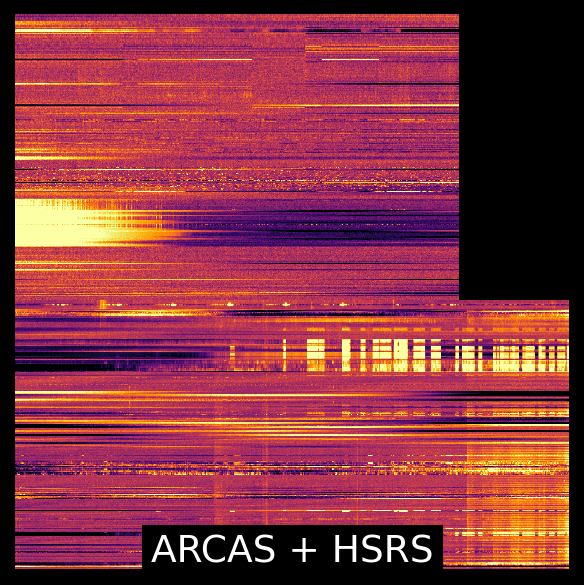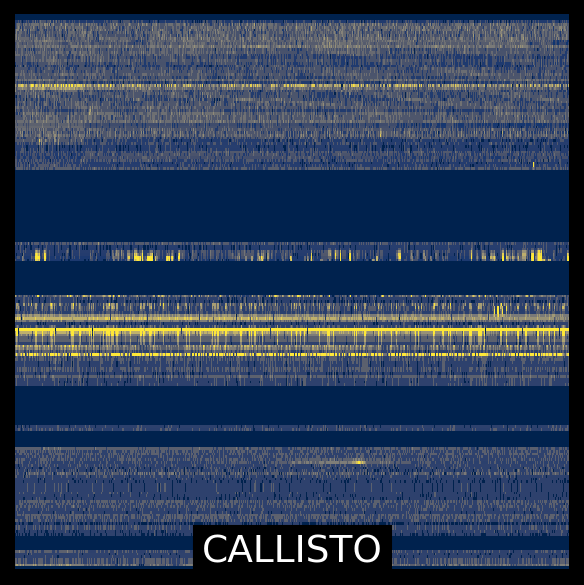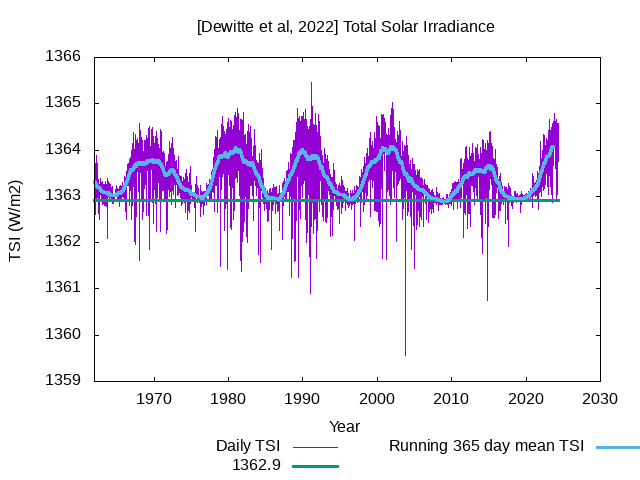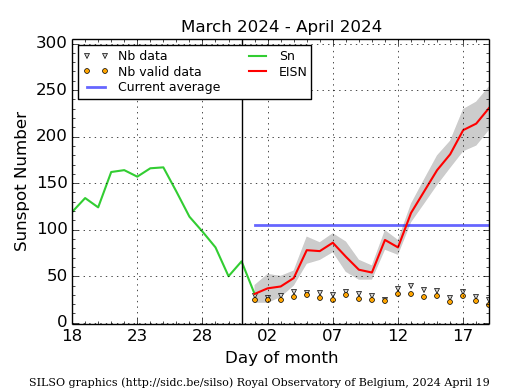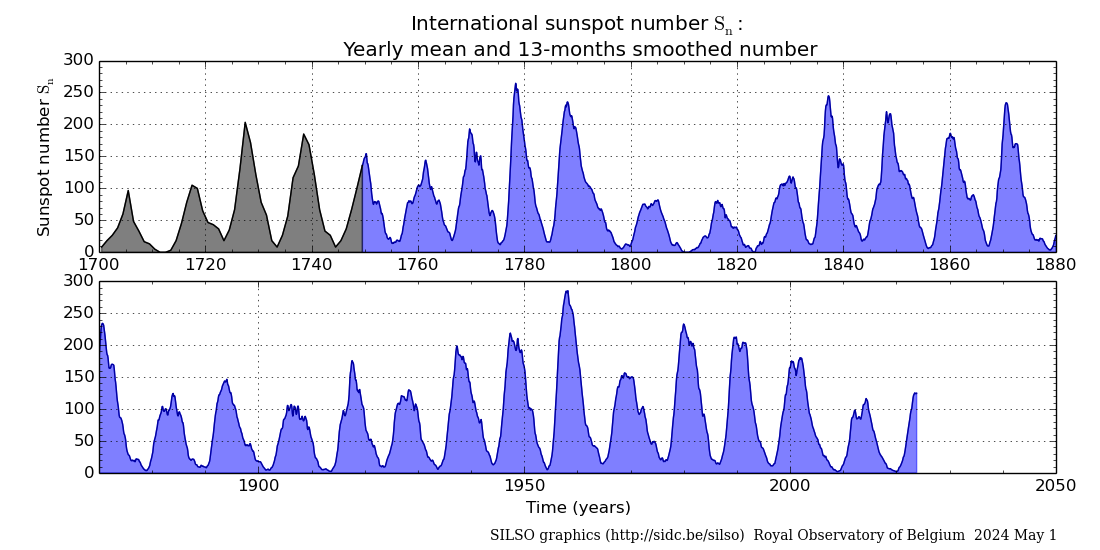A halo or partial-halo CME was detected with the following characteristics:
t0 | dt0| pa | da | v | dv | minv| maxv|
2024-05-01T06:36:09.642 | 2.0 | 241 | 160 | 577 | 82 | 394 | 760
t0: onset time, earliest indication of liftoff
dt0: duration of liftoff (hours)
pa: principal angle, counterclockwise from North (degrees)
da: angular width of the CME (degrees),
v: median velocity (km/s)
dv: variation (1 sigma) of velocity over the width of the CME
mindv: lowest velocity detected within the CME
maxdv: highest velocity detected within the CME

